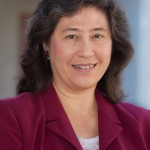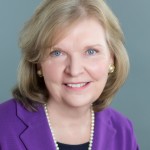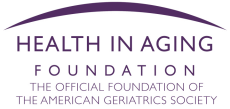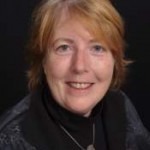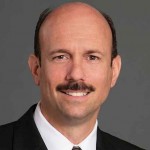 Nancy E. Lundebjerg, MPA
Nancy E. Lundebjerg, MPA
Chief Executive Officer
American Geriatrics Society
“I have never seen myself doing anything other than helping older adults.”
—Christian E. Gausvik, AGS Student Leadership Council Chair, aspiring geriatrician, and medical student at the University of Cincinnati College of Medicine
Even if I weren’t the CEO of the American Geriatrics Society (AGS), I would love this statement.
Christian is logging 80-hour weeks and 36-hour shifts as a third-year medical student, but he still found time to organize our student engagement group, and he even launched his own charity event benefitting the Alzheimer’s Association in Cincinnati. Christian represents the future of eldercare in several important ways: he’s not only pursuing a career in geriatrics but he’s also one of several trainees receiving special support and assistance from the AGS’s Health in Aging Foundation.
Many of you are probably familiar with the Foundation because of the tip sheets and resources you’ve found right here at HealthinAging.org. Developing these is a critical part of what we do, but it doesn’t end there. Since 1999, the Foundation has been providing public education about the health and well-being of older adults while also supporting people like Christian who represent the future of geriatrics.
We’ve been hard at work on both of these fronts since 1999, and last year alone we made some pretty impressive progress:
- We helped 75 health professions students travel to the AGS Annual Scientific Meeting, where they were able to present their own research and learn from other experts and mentors.
- We developed some important new recommendations about medication safety for older adults, and we created a whole suite of online tools to make that guidance easier to understand for older adults and caregivers.
- We supported the Surgeon General’s call to action on walking by compiling tips and resources to help older adults, their caregivers, and their healthcare professionals scale physical activity to make it fun and achievable for older individuals.
We provided nearly 1 million older adults and caregivers with resources and information through HealthinAging.org.

